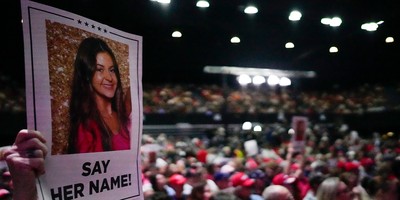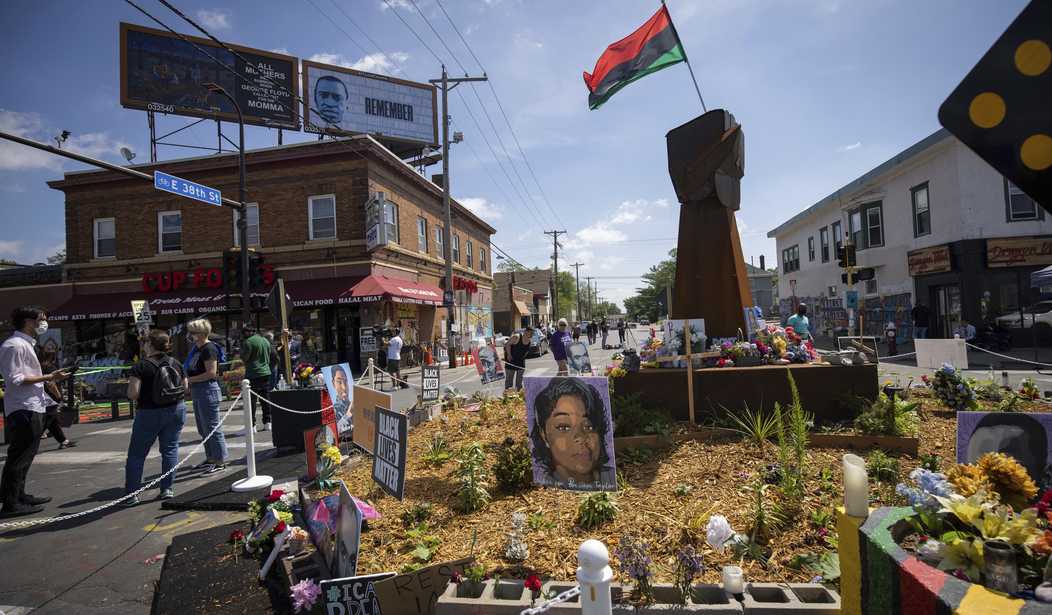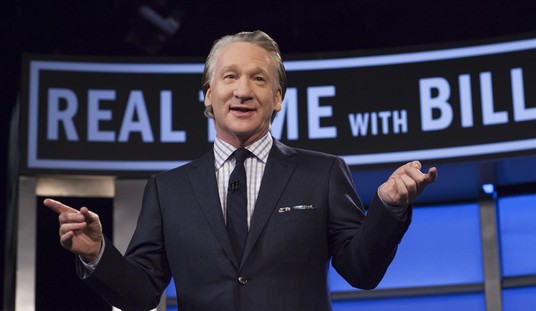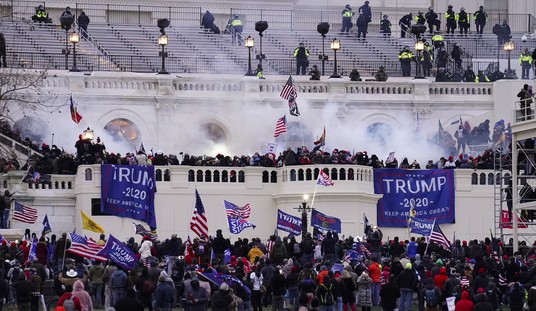For much of the last year since the death of George Floyd, national and international media outlets focused on Minneapolis, St. Paul, and the surrounding suburbs. Marches, riots, looting, pleas for justice, and calls for peace were covered with breathless attention. The coverage lasted until a verdict was reached in the trial of Derek Chauvin, the former Minneapolis police officer charged in Floyd’s death.
Apart from a few stories from Minneapolis on community observances on the one-year anniversary of George Floyd’s death, the media has failed to cover what has become an increasingly violent and deadly trend in the Twin Cities. What was once the epicenter of America’s discussions over racial justice and policing has become little more than another statistic mentioned in passing, but surging violence remains a reality.
Perhaps it’s that the mainstream media has already done its job, parachuting into Minneapolis a year ago and keeping up pressure to gut the police department and make those holding the thin blue line persona non grata until their damaging agenda was fulfilled, only to leave as the effect of such policies ravage the community.
While the media may report a surge in violent crime, they don’t tell us the names of those being gunned down in the wake of the Minneapolis City Council’s police-defunding agenda. They don’t give a platform to the families of those who are gravely wounded or killed, ask confrontational questions in press conferences with community leaders, or pontificate on the sorry state of city streets.
The only mainstream coverage of the plight of Minneapolis residents amid rising crime comes through the lens of George Floyd’s killing.
Recommended
As the Washington Post noted in a piece on the anniversary of Floyd’s death, Minneapolis is now experiencing “a dramatic spike in shootings in its Black community.”
This violence continues to rage—with multiple children caught up in recent days—but the cable news correspondents, satellite trucks, and special reports are long gone. Apart from local affiliate coverage, these tragic stories of families rocked by violence generally fly under the radar.
10-year-old Ladavionne Garrett Jr was shot in the head while riding through Minneapolis in his family’s car on a Friday afternoon and remains in a coma following brain surgery.
Trinity Ottoson-Smith, age nine, is also fighting for her life after being shot in the head while playing in a friend’s yard during a birthday party in Minneapolis.
And Aniya Allen, who was just six years old, died after being shot in the head when she and her family’s car were caught in the crossfire on their way home from a McDonald’s in North Minneapolis.
These three bring the number of children shot in Minneapolis this year to more than 20—roughly twice the number of this time last year.
Community leaders in Minneapolis continue to call out the violence and damaging results of the city leaders’ actions to gut policing, but there are no CNN cameras bringing their pleas to a national audience, no investigative reporters connecting the dots between the uptick in violence and the reduction in police, and no celebrity tweets calling for justice on behalf of the children.
Sondra Samuels, a community peace activist who last year sued Minneapolis for failing to meet its obligation to protect citizens, renewed her calls for help from city leaders this month. “We need proper staffing levels,” said Samuels of policing. “This is my neighborhood, this is my community—I live here, I work here, I play here—and we need help.”
One reason Samuels, who is Black, may not receive the same prominent coverage as other voices who speak on this issue is that she represents and speaks for those in her community who don’t see all police as evil and who believe their lives matter, whether white police officers are involved or not.
“If all Black lives matter, then let’s get behind all Black lives mattering,” she has said. To make Minneapolis safer, “we’ll have to work alongside the police officers, not against them, and we need to demand accountability and we have to care when a Black life is taken no matter who takes that life.”
Samuels makes the important point that working against police—whether through defunding, disarming, or “reimagining” policing—leaves cities vulnerable to more violence. And more importantly, she’s highlighting the hypocrisy of the Black Lives Matter organization by “saying their names” when her North Minneapolis neighbors are gunned down, even when no one else will.
It’s not just Minneapolis where spiking violent crime—2021 homicides are double what they were this time last year—has followed media-supporter campaigns to defund police and where the deadly consequences fail to receive the same intensive, round-the-clock coverage and scrutiny from national mainstream media as police-involved shootings do.
A recent Axios review of FBI crime data found that in more than half of cities with police under federally court-ordered reform consent decrees—something Minneapolis could soon face as well—violent crime has surged.
Looking at the change over two years, crime jumped 61 percent in Los Angeles County, 36 percent in Albuquerque, 27 percent in Seattle, 20 percent in New Orleans, 19 percent in Arizona’s Maricopa County, 13 percent in Cleveland, and 11 percent in Baltimore.
A year since the death of George Floyd sparked a national movement to defund the police, Minneapolis streets—and those in other American cities where leaders buckled to public pressure to act against the best interests of their constituents in cutting police forces—are no safer. In many cases, they are far less safe.
As we approach Memorial Day—the official kickoff to another summer—it doesn’t look like this one will be any better than last year’s so-called Summer of Love, one marred by violence and destruction. A year later, though, what is clear is that removing police does not make a city safer. It’s a reality proven in Minneapolis and major cities across the country where communities now demand public safety be made a priority again but whose calls receive far less attention.























